The nurse practitioner (NP) role is rapidly expanding to meet growing healthcare needs. Aging populations and provider shortages have driven demand for NPs, who deliver high-quality primary and specialty care. In fact, the U.S. Bureau of Labor Statistics (BLS) projects 40% job growth for NPs (2023–2033) – far faster than average. Currently, there are roughly 292,500 NP jobs nationwide. As autonomous, advanced practice nurses, NPs help improve patient access and outcomes, often working independently to diagnose and treat illnesses. This article explains what a nurse practitioner is, how to become one, day-to-day duties, salary data, specializations, required skills, career pros and cons, and key professional organizations.
What is a Nurse Practitioner?
A nurse practitioner is an advanced practice registered nurse (APRN) with graduate-level education (master’s or doctorate) and national certification. NPs can serve as primary or specialty care providers, blending nursing and medical training to manage acute and chronic conditions. Unlike a typical registered nurse (RN), who needs only a bachelor’s degree (BSN) and provides patient care under supervision, an NP has advanced training to independently assess patients, diagnose illnesses, prescribe medications, and develop treatment plans. For example, the American Association of Nurse Practitioners (AANP) notes that NPs “practice autonomously” and perform a wide range of services – from ordering and interpreting tests to prescribing medications and counseling patients. In short, an NP has more education, responsibility, and scope of practice than an RN, often acting as the patient’s primary healthcare provider.
How to Become a Nurse Practitioner
If you’re thinking about becoming a nurse practitioner, you’re probably wondering where to start and what the journey looks like. The good news? You’re not alone—and the path is more achievable than it might seem. Here’s a step-by-step breakdown of how to become an NP:
1. Earn Your RN License
First things first: to become a nurse practitioner, you need to be a registered nurse. Begin your journey with our step-by-step guide to becoming a registered nurse—the essential first milestone on the path to an NP career. That typically means earning a Bachelor of Science in Nursing (BSN) from an accredited program. Once you graduate, you’ll need to pass the NCLEX–RN exam, which tests your clinical judgment and readiness to practice as an RN. After that, you’ll be officially licensed to work as a registered nurse in your state. Note that some NP programs do accept associate degree RNs through RN-to-MSN or bridge programs, so there’s more than one route depending on your background.)
2. Get Some Real-World Nursing Experience
Before jumping into graduate school, it’s a good idea—and often a requirement—to spend time working as an RN. Most nurse practitioner programs prefer applicants who’ve had at least one to two years of clinical experience. Why? Because hands-on nursing sharpens your critical thinking, helps you build confidence, and gives you a better sense of what kind of NP you want to be. Whether you’re in med-surg, the ER, peds, or psych, this experience lays the foundation for your advanced practice role.
3. Enroll in a Nurse Practitioner Program
Next up: graduate school. You’ll need to enroll in either a Master of Science in Nursing (MSN) or a Doctor of Nursing Practice (DNP) program with a nurse practitioner focus. Both are solid choices, though the DNP is gradually becoming the standard for entry-level NP practice (a shift recommended by national organizations like NONPF).
Your coursework will go beyond the basics—expect classes in advanced pathophysiology, pharmacology, health assessment, and lots of clinical hours. Depending on your program and whether you study full- or part-time, this stage can take anywhere from two to four years. You’ll also choose your population focus (like Family NP, Adult-Gerontology, Pediatrics, or Psych/Mental Health) during this time.
Below is a concise timeline table showing the typical stages, durations, and milestones on the road from student nurse to practicing Nurse Practitioner. All durations are averages; part-time study or state-specific rules can lengthen the journey.
| Stage & Key Tasks | Typical Duration* | Milestones & Requirements |
|---|---|---|
| Earn an RN license Complete a CCNE- or ACEN-accredited BSN (most common) or an ADN bridge program. | BSN = ≈ 4 yrs ADN = ≈ 2-3 yrs | • Graduate from approved program. • Pass NCLEX-RN to receive state RN license (pass standard set by NCSBN) |
| Gain clinical RN experience Work in direct-patient settings (med-surg, ED, ICU, psych, etc.). | 1-2 yrs preferred by most NP schools | • Build critical-thinking skills and specialty interest. • Secure letters of reference for grad-school admission. |
| Enroll in an NP graduate program Choose MSN or DNP track and a population focus (e.g., FNP, AGNP, PNP, PMHNP). | MSN = ≈ 2-3 yrs full-time DNP = ≈ 3-4 yrs full-time (NONPF recommends DNP entry by 2025) | • Complete advanced coursework (pathophysiology, pharmacology, assessment). • Log 500-1,000+ supervised clinical hours (program-specific). |
| Pass a national NP certification exam Select AANP or ANCC (or other population-specific board). | Exam prep: a few weeks to 3 mos (varies) | • Meet clinical-hour eligibility and graduate verification. • Earn credential (e.g., FNP-C, FNP-BC). |
| Obtain state NP (APRN) license File application with state board, submit transcripts, RN license, and certification proof. | ≈ 2-12 weeks, state-dependent | • Comply with state scope-of-practice rules: full, reduced, or restricted authority. • Secure collaborative agreement if required. |
| Maintain certification & licensure Complete continuing education (CE) and practice hours; renew on time. | Certification renewal every 5 yrs (ANCC) with 75 CE hours, incl. 25 pharmacology. State APRN license renewal every 1-2 yrs (varies) | • Track CE credits and pharmacology hours. • Pay renewal fees; submit proof of practice hours or re-test if lapsed. |
4. Get Certified as a Nurse Practitioner
After graduating, you’re eligible to sit for a national certification exam in your chosen specialty. This is a must. Think of it as your official stamp of approval—proof that you’re ready to practice as an NP.
The two main certifying bodies are:
- American Association of Nurse Practitioners (AANP)
- American Nurses Credentialing Center (ANCC)
Both are highly respected, and the one you choose depends on your specialty and personal preference. Once you pass, you’ll earn credentials like FNP-C or FNP-BC (for Family Nurse Practitioners), depending on the certifying organization.
5. Apply for Your Nurse Practitioner License
Certification is a big win—but there’s one more step before you can practice: applying for NP licensure through your state board of nursing. Each state has its own requirements, but generally, you’ll submit your RN license info, transcripts, proof of certification, and a few other documents.
It’s also worth noting that NP practice laws vary from state to state. In some places, you can practice independently (full practice authority), while others require collaboration with or supervision by a physician. Make sure you understand what your state requires.
6. Stay Certified and Licensed
Even after you’re licensed and working, your learning journey isn’t over. To keep your certification and APRN license active, you’ll need to complete continuing education (CE) and renew everything on schedule—usually every five years for certification, and every one to two years for state licensure, depending on where you live.
This part is all about staying sharp, up-to-date, and safe to practice. Most organizations require pharmacology-specific CE hours and a minimum number of practice hours to renew. Keeping your credentials current also means you’ll continue to grow professionally as healthcare evolves.
How Much Does it Cost to Become a Nurse Practitioner?
Most RNs who complete a bachelor’s degree (BSN) and then earn an MSN-NP will spend $90,000 – $190,000 in direct tuition, fees, books, and mandatory exams over 6–8 years of education and licensing. Adding a DNP can push lifetime educational spending above $200,000. These numbers exclude living expenses but include common hidden costs such as clinical-rotation fees, certification, and biennial license renewals. Below is a streamlined cost snapshot.
| Cost Stage | What You Pay For | Typical Range (USD) |
|---|---|---|
| 1. Bachelor of Science in Nursing (BSN) | Four years of tuition & mandatory fees at a public in-state college | $40 K – $60 K total |
| 2. NCLEX-RN & State RN License | NCLEX exam fee + state application/fingerprint charges | $200 – $400 |
| 3. MSN-NP Program (Optional) DNP Add-On | 45-55 graduate credits, program/clinical fees, books & supplies Additional 30-35 credits beyond the MSN | $30 K – $100 K + $30 K – $80 K |
| 4. NP Certification Exam | AANP (AANPCB) or ANCC testing fee | $240 – $375 |
| 5. State NP (APRN) License | Initial application + prescriptive authority add-on (example: Texas) | $100 – $150 |
| 6. Renewals & CE (5-yr cycle) | Board recertification + ~75 CE hours | $1,500 – $2,200 |
Budgeting around $100 K–$150 K in direct educational and licensing costs is realistic for many future NPs. Choosing in-state public schools, employer tuition reimbursement, and scholarships can bring that figure down; opting for private or out-of-state programs or adding a DNP will raise it.
What do Nurse Practitioners Do?
Nurse practitioners blend advanced clinical skills with the holistic mindset of nursing. On a typical day they take comprehensive histories, perform focused exams, order or interpret labs and imaging, and make diagnoses. They initiate evidence-based treatments—prescribing and titrating medications, performing minor procedures, and coordinating non-drug therapies—then craft individualized care plans and update them as results come in. Education is woven throughout every visit: NPs coach patients and families on disease prevention, medication use, nutrition, and self-monitoring so that care continues beyond the clinic doors.
The scope of what an NP can do is broad yet state-dependent. More than half of U.S. jurisdictions now grant full practice authority, letting NPs evaluate, diagnose, and prescribe without mandated physician oversight. This autonomy allows many to run their own primary-care or specialty clinics, while others work in team-based settings—from hospitals and outpatient centers to telehealth platforms and long-term-care facilities. The Bureau of Labor Statistics notes that about 137,000 NPs—roughly half of the workforce—practice in physicians’ offices, with most of the remainder spread across hospitals, outpatient centers, and community sites. Wherever they serve, NPs function as key frontline providers, delivering efficient, patient-centered care across the lifespan.
Nurse Practitioner Salary and Job Outlook
Nurse Practitioners earn competitive salaries, reflecting their advanced role. The our nurse salary guide reports a median annual wage of $132,050 for nurse anesthetists, midwives, and practitioners combined. NPs by themselves earn in a similar range; salary surveys often place NPs just below the very highest-paying APRN role of nurse anesthetist. You can learn more about our nurse salary guide here.
Pay varies by location and specialty. For example, NPs in California earn among the highest wages – about $173,190 per year on average – while states like Alabama average nearer $109,650. In the table below are sample mean annual NP salaries (2024 data) for a few states:
| State | Annual Salary |
|---|---|
| California | $173,190 |
| New York | $148,410 |
| Florida | $128,340 |
| Texas | $130,930 |
| Alabama | $109,650 |
These figures illustrate that NPs nationwide earn well above the median U.S. wage. Salaries also tend to be higher in specialized practices (e.g. neonatal or acute care settings) and with additional certifications.
The job outlook for NPs is excellent. Demand is being driven by primary care shortages and a shift toward preventive, team-based care. The BLS projects 31,900 annual openings for APRNs (including NPs) through 2033, largely due to growth and retirements. In short, NPs can expect strong employment prospects and financial rewards.
Nurse Practitioner Specializations
Nurse practitioners (NPs) have the opportunity to specialize in various areas of healthcare, allowing them to tailor their careers to specific patient populations or clinical interests. These specializations enable NPs to provide focused care and often lead to advanced roles within their chosen fields. Major NP specialties include:
Family Nurse Practitioner (FNP)
FNPs provide comprehensive primary care across the lifespan, serving patients from infancy through adulthood. They are trained to diagnose and manage a wide range of health issues, emphasizing preventive care and health education. FNPs often work in settings such as family practices, community health centers, and outpatient clinics. According to the American Association of Nurse Practitioners (AANP), FNPs constitute the largest group of NPs, accounting for nearly 70% of the NP workforce.
Adult-Gerontology Nurse Practitioner (AGNP)
AGNPs specialize in the care of adults from adolescence through older adulthood. They can focus on primary care (AGPCNP) or acute care (AGACNP), managing chronic conditions, conducting health assessments, and providing treatment plans tailored to adult and elderly patients. AGNPs work in various settings, including hospitals, long-term care facilities, and outpatient clinics.
Pediatric Nurse Practitioner (PNP)
PNPs focus on the health and development of children from birth through young adulthood. They can specialize in primary care (PNP-PC), addressing routine health maintenance and preventive care, or acute care (PNP-AC), managing serious illnesses and emergencies in pediatric patients. PNPs often work in pediatric clinics, hospitals, and specialty care centers.
Neonatal Nurse Practitioner (NNP)
NNPs provide specialized care for newborns, particularly those who are premature or critically ill. They operate primarily in neonatal intensive care units (NICUs), collaborating with multidisciplinary teams to manage complex health issues in neonates. NNPs are among the highest-paid NP specialties, with average annual salaries ranging from $135,000 to $145,000, reflecting the advanced skills and responsibilities required in this role.
Women’s Health Nurse Practitioner (WHNP)
WHNPs specialize in comprehensive healthcare for women, focusing on reproductive, gynecological, and obstetric health. They provide services such as family planning, prenatal and postnatal care, and management of menopausal symptoms. WHNPs work in various settings, including OB/GYN clinics, family planning centers, and women’s health practices.
Psychiatric-Mental Health Nurse Practitioner (PMHNP)
PMHNPs are trained to assess, diagnose, and treat individuals with psychiatric disorders and mental health issues. They provide therapy, prescribe medications, and develop treatment plans for patients across the lifespan. PMHNPs work in settings such as mental health clinics, hospitals, and private practices. The demand for PMHNPs has grown significantly due to increased awareness of mental health and a shortage of psychiatric providers.
NP Subspecialties
Beyond primary specialties, NPs can pursue subspecialties to further focus their practice. These subspecialties often require additional training or certification and allow NPs to work in more specialized areas of healthcare.
| Subspecialty | Focus & Responsibilities | Settings | Additional Training/Certification |
|---|---|---|---|
| Cardiology NP | Manage heart-related conditions (hypertension, heart failure, arrhythmias); coordinate care plans with cardiologists | Hospital cardiology units, outpatient heart centers | Post-master’s cardiology coursework; board certification in cardiovascular care |
| Dermatology NP | Diagnose and treat skin disorders (acne, eczema, psoriasis); perform skin biopsies and cosmetic procedures | Dermatology clinics, medical spas, outpatient centers | Dermatology-focused practicum; cosmetic dermatology certification optional |
| Emergency NP | Provide acute evaluation and treatment of injuries, trauma, and sudden illnesses | Emergency departments, urgent care centers, trauma units | Advanced trauma life support (ATLS); emergency NP certification |
| Oncology NP | Deliver cancer care across screening, chemotherapy management, and survivorship support | Oncology clinics, infusion centers, cancer hospitals | Oncology NP fellowship or oncology certification |
| Orthopedic NP | Evaluate and treat musculoskeletal injuries and chronic conditions (fractures, arthritis, sports injuries) | Orthopedic practices, surgical centers, rehabilitation facilities | Orthopedic NP workshops; musculoskeletal specialty certification |
| Palliative Care NP | Improve quality of life for patients with serious or terminal illnesses through symptom management and support | Hospice programs, hospital palliative units, outpatient clinics | Palliative care certification (e.g., ELNEC, HPNA) |
| Infectious Disease NP | Prevent, diagnose, and manage infectious diseases (HIV/AIDS, TB, hepatitis); lead outbreak response and antimicrobial stewardship | Hospitals, public health departments, specialty clinics | Infectious disease NP certification; epidemiology coursework |
| Occupational Health NP | Promote workplace wellness; assess and manage work-related injuries and illnesses; develop safety and prevention programs | Corporate health centers, industrial sites, public health agencies | Occupational health NP certificate; OSH/OSHMS training |
The AANP lists “specialty areas” such as Acute Care, Adult Health, Family Health, Gerontology, Neonatal, Oncology, Pediatrics, Psychiatric/Mental Health, and Women’s Health. Beyond these, many NPs pursue subspecialty certifications. For example, NPs might specialize further in allergy/immunology, emergency medicine, orthopedics, sports medicine, or other niches. This diversity allows NPs to tailor their careers to particular patient groups or conditions.
Nurse Practitioner Professional Organizations and Resources
Joining a professional organization is one of the most effective ways to stay connected, informed, and empowered throughout your nurse practitioner (NP) career. These associations serve as the collective voice of the NP community—advocating for full practice authority at state and federal levels, setting educational and certification standards, and delivering specialized resources that keep your clinical skills sharp. The table below highlights the key national groups you’ll encounter, outlining what they do and how they can help you thrive at every stage of practice.
| Organization | Membership / Reach | Primary Focus & Mission | Key Services / Benefits for NPs |
|---|---|---|---|
| American Association of Nurse Practitioners (AANP) | Represents the interests of > 431,000 licensed nurse practitioners in the U.S. | National voice and advocacy arm for all NP specialties; empowers NPs to deliver high-quality, person-centered care. | Federal & state advocacy, continuing education (CE) portal, clinical toolkits, national and regional conferences, networking communities. |
| National Organization of Nurse Practitioner Faculties (NONPF) | Global network of NP faculty and academic leaders (membership numbers not publicly listed). | Sets curricular standards and core competencies for NP education; advances excellence in NP faculty development. | Annual educator conference, competency frameworks, faculty resources, research grants, taskforces on DNP & competency-based education. |
| National Association of Pediatric Nurse Practitioners (NAPNAP) | Community of > 8,000 pediatric-focused APRNs (PNPs, FNPs). | Advocates for optimal infant, child, and adolescent health and supports pediatric APRNs through education and policy. | Pediatric-specific CE, Hill Day advocacy, research fellowships, clinical resources, annual national conference. |
| National Association of Nurse Practitioners in Women’s Health (NPWH) | Professional home for ≈ 13,000 Women’s Health NPs. | Advances comprehensive, evidence-based care for women and gender-related health across the lifespan. | Women’s-health CE, position statements, policy action center, joint ACOG membership discount, annual WHNP conference. |
| Gerontological Advanced Practice Nurses Association (GAPNA) | National association for APRNs caring for older adults (membership open to all gerontology APRNs). | Promotes excellence in gerontological advanced practice through education, research, and clinical leadership. | Pharmacology & annual conferences, free monthly CE for members, geriatrics practice resources, advocacy on aging policy. |
| American Psychiatric Nurses Association (APNA) | ≈ 15,000 psychiatric-mental health nurses (≈ 50 % APRNs). | Champions mental-health nursing and improves care for persons with mental and substance-use disorders. | Evidence-based toolkits, free CE in psych / pharm, national conference, research grants, policy advocacy, chapter network. |
| American Academy of Nurse Practitioners Certification Board (AANPCB) | Independent certifying body (FNP-C, AGNP-C, ENP-C, PMHNP-C) recognized by all U.S. state boards of nursing. | Develops and administers NP certification and recertification exams that validate competence for entry-level practice. | Computer-based exams, annual certification statistics, practice-analysis studies, recertification & CE tracking portal. |
| American Association of Colleges of Nursing (AACN) | Represents > 875 U.S. schools of nursing offering baccalaureate and graduate programs. | Sets national quality standards for academic nursing and leads policy, research, and advocacy for nursing education. | Essentials curricular frameworks (including DNP), academic leadership conferences, grant funding, data reports, advocacy on federal education policy. |
Ready to Become a Nurse Practitioner?
Thriving as a nurse practitioner (NP) hinges on a balanced blend of hard and soft skills. Clinically, NPs must master advanced assessment, evidence-based decision-making, and pharmacology to diagnose and manage complex cases with confidence. Just as critical are communication and teaching abilities—skills that turn medical jargon into clear, actionable guidance for patients and families. Empathy, cultural sensitivity, and genuine patient-centeredness build trust; leadership, adaptability, and organizational savvy keep busy clinics running smoothly. Because NPs routinely shift between clinician, educator, advocate, and counselor, resilience and a commitment to lifelong learning round out the professional toolkit.
Choosing a career as a nurse practitioner brings a wealth of rewards. Demand for NPs is soaring— the U.S. Bureau of Labor Statistics projects job growth that far outpaces most other professions—so employment prospects and job security are strong. Salaries reflect that demand: median pay ranks near the top for non-physician clinicians and typically comes with robust benefits. In more than half of U.S. states, nurse practitioners can evaluate, diagnose, and prescribe independently, even opening their own practices. That autonomy, paired with the versatility to work in hospitals, private clinics, community health centers, schools, long-term-care facilities, or entirely via telehealth, lets NPs tailor their careers to their passions and lifestyles. The role also fosters deep patient relationships; studies consistently show high satisfaction among people who feel heard, educated, and empowered under NP-led care. Beyond clinical practice, experienced NPs can branch into teaching, research, leadership, informatics, and health-policy advocacy, ensuring a dynamic career path.
Those benefits come with real challenges. The journey requires a substantial upfront investment: graduate school tuition, certification fees, and 500–1,000-plus supervised clinical hours demand both money and time. Once in practice, nurse practitioners shoulder significant responsibility—making critical decisions, managing complex cases, and often covering nights, weekends, or on-call shifts, especially in acute-care settings. Scope-of-practice laws remain uneven; in states with reduced or restricted authority, NPs must practice under physician collaboration agreements that limit full independence. Work–life balance can feel elusive during graduate school and the early years of practice, and some patients or colleagues still misunderstand what an NP is qualified to do, requiring ongoing education and advocacy. In short, while the nurse-practitioner role offers exceptional autonomy, compensation, and career flexibility, it also demands rigorous preparation, continual credential maintenance, and resilience in the face of regulatory and workload pressures.
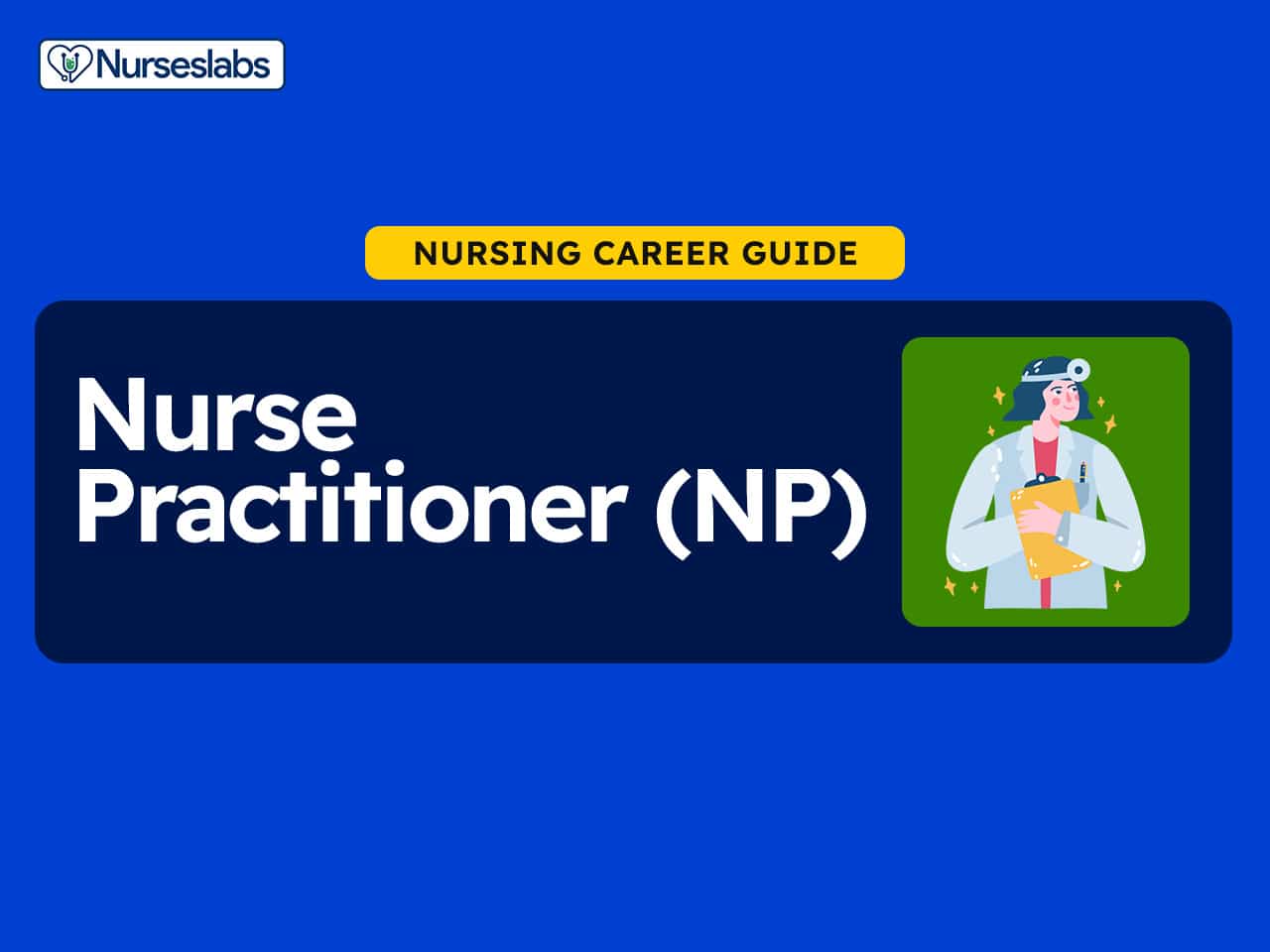

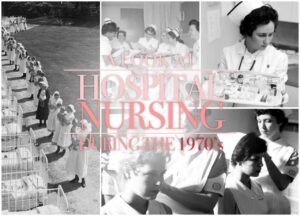


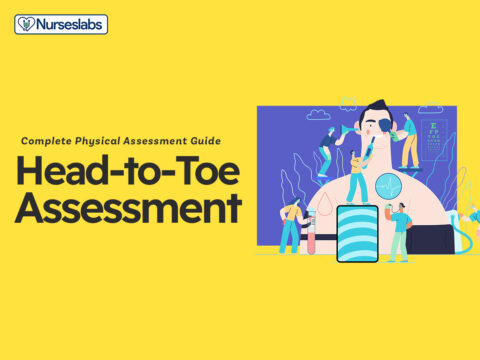
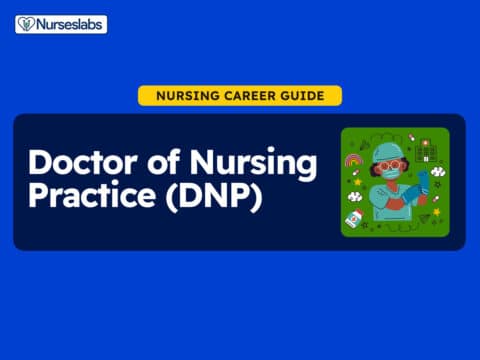
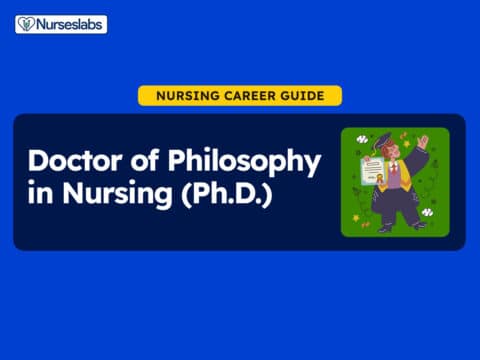

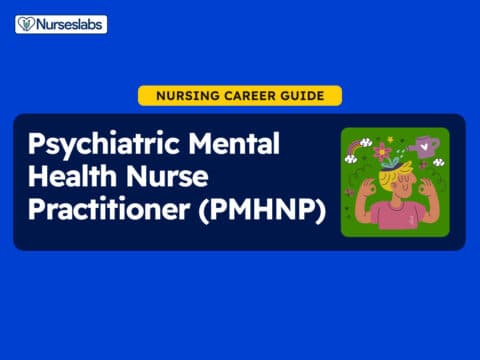
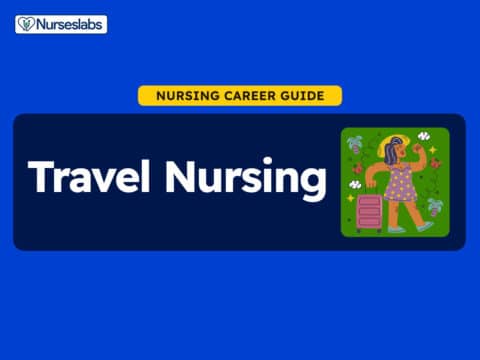
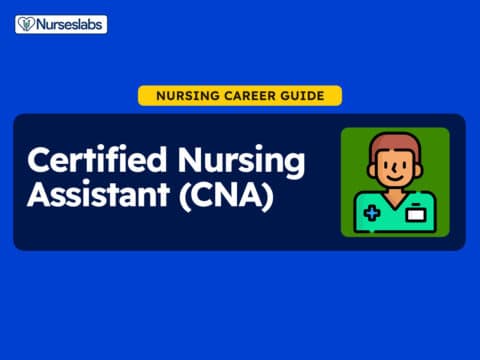


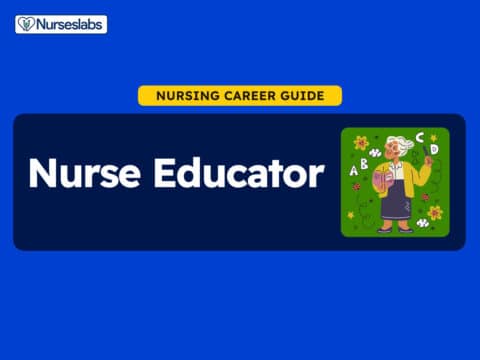

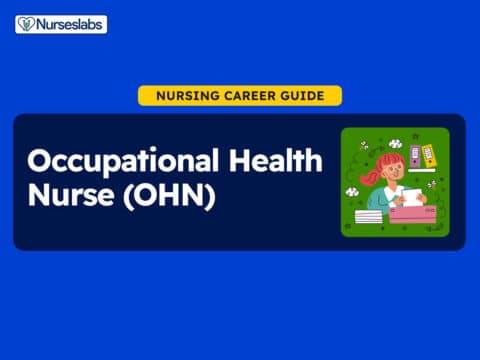
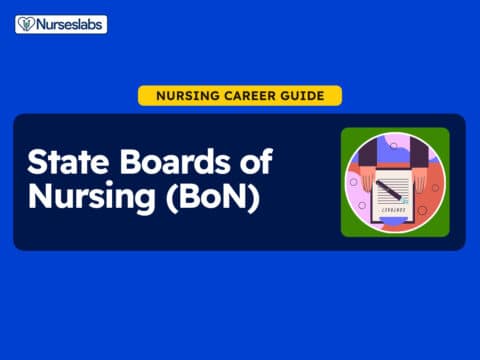



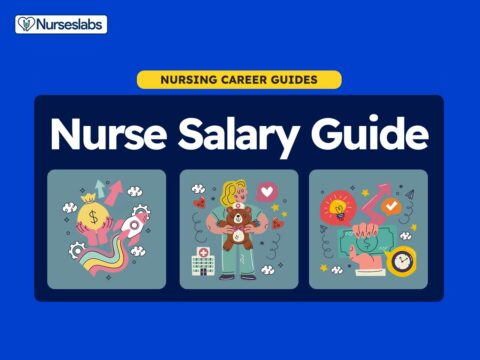


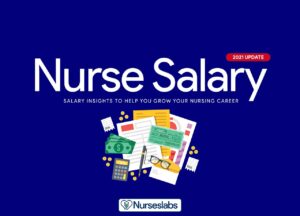

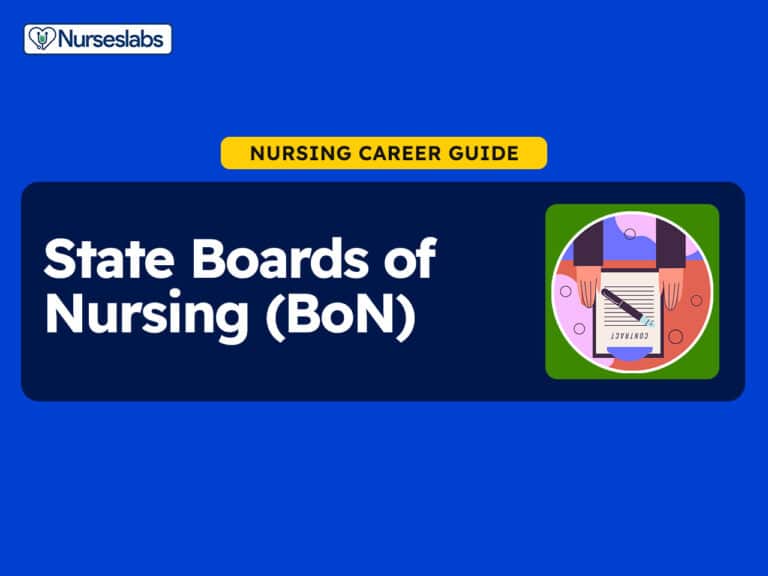
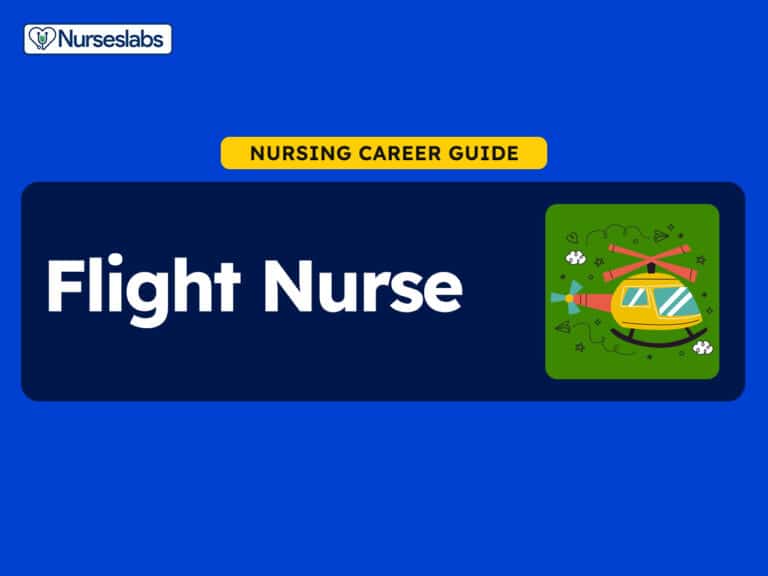

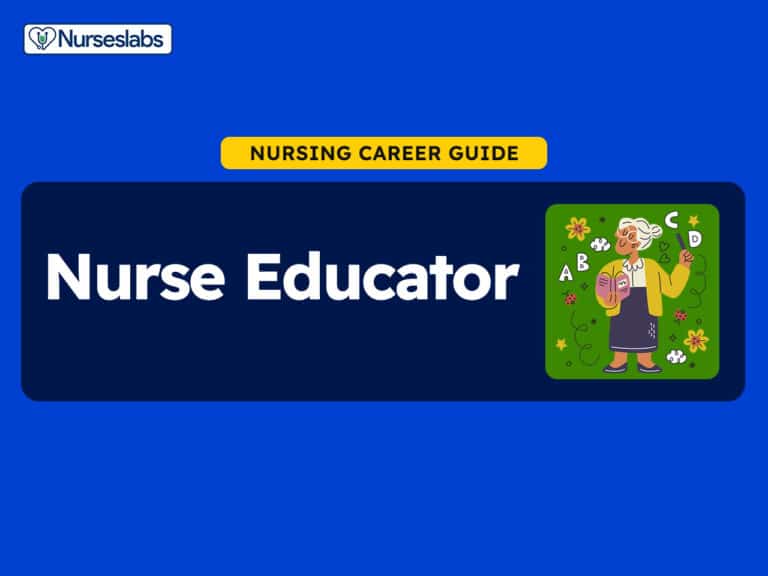



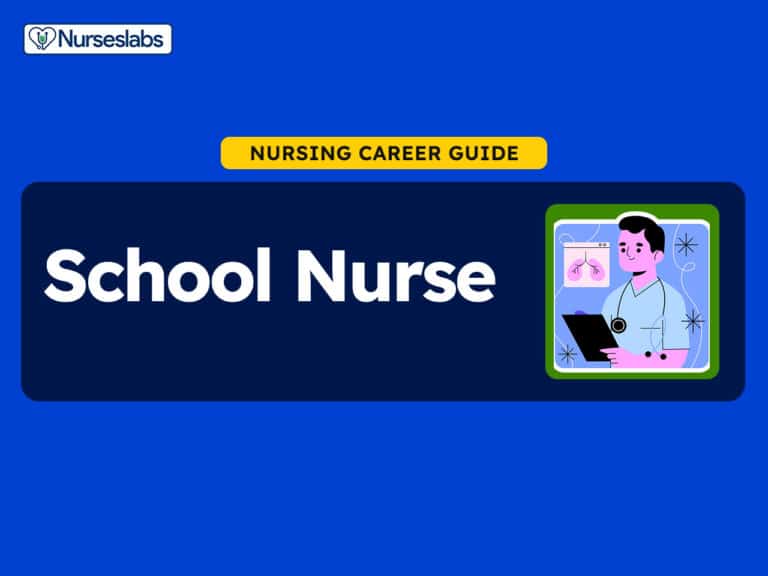


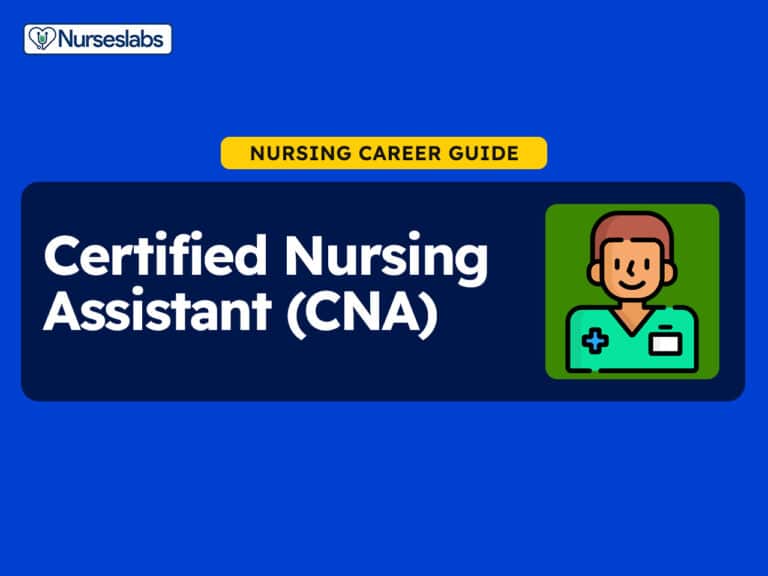
Leave a Comment